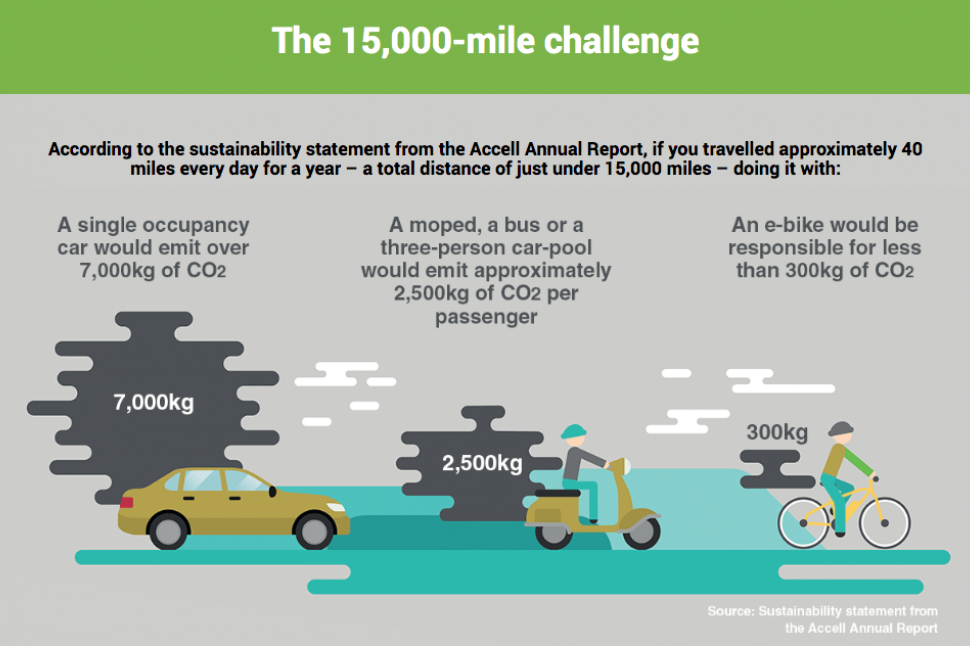Recognize The Legal Needs In Your Area To Ride Your E-Bike Both Securely And Legally
Recognize The Legal Needs In Your Area To Ride Your E-Bike Both Securely And Legally
Blog Article
Article Author-Nyholm Bates
Prior to you get on your e-bike and struck the streets, it's critical to understand the regulations and policies that control your city. From rate limitations to assigned riding areas, there's a lot to think about to ensure you're compliant and safe. By familiarizing yourself with the guidelines specific to e-bikes, you'll be better outfitted to enjoy your trips with no unexpected legal issues. Stay tuned to find vital insights that will aid you navigate the e-bike landscape in your city flawlessly.
Recognizing E-Bike Classification
When it concerns navigating the world of e-bike regulations and regulations, a vital starting point is comprehending the classification system that classifies these electrical bikes. E-bikes are usually classified into three primary classifications: Course 1, Class 2, and Course 3.
Class 1 e-bikes are pedal-assist just, meaning they offer assistance while the motorcyclist is pedaling and have a maximum speed of 20 mph. These bikes are allowed in areas where conventional bicycles are permitted.
Class 2 e-bikes are furnished with a throttle that can move the bike without pedaling. They also have a maximum speed of 20 miles per hour and are suitable for riders who may need aid without pedaling continually.
Class 3 e-bikes resemble Class 1 but with a greater maximum speed of 28 mph. These bikes are frequently limited from particular bike courses or routes due to their greater rates.
Recognizing these classifications is essential for abiding by neighborhood policies and ensuring a safe and delightful e-biking experience.
Browsing Speed Restrictions and Restrictions
To successfully navigate e-bike regulations and regulations, it's critical to understand the rate restrictions and limitations that apply to different courses of electrical bicycles.
Speed limits for e-bikes differ depending upon the classification of the bike. Course 1 e-bikes, which are pedal-assist just and have a maximum speed of 20 mph, are generally allowed on bike lanes and paths.
Course 2 e-bikes, which have a throttle in addition to pedal-assist and also get to rates of approximately 20 mph, may be limited in particular areas where motorized vehicles aren't permitted.
Course 3 e-bikes, with pedal-assist up to 28 miles per hour, are normally needed to follow the very same rules as conventional bicycles.
It is necessary to comply with these speed limitations and constraints to guarantee your safety and the safety and security of others when traveling. Prior to riding Read the Full Write-up -bike, acquaint on your own with the specific guidelines in your city to stay clear of any kind of potential penalties or lawful problems.
Where to Trip Your E-Bike
To determine where you can ride your e-bike, it's vital to recognize the laws and guidelines particular to your location. In a lot of areas, e-bikes are typically enabled on roadways and roads where traditional bikes are allowed. https://zugobike.s3.us-east-2.amazonaws.com/index.html might consist of bike lanes, bike courses, and shared roads. Nevertheless, it's important to inspect regional laws as some cities might have details limitations on where e-bikes can be ridden.
When riding your e-bike, always focus on safety and security by adhering to website traffic policies and respecting pedestrian sidewalks. Furthermore, be mindful of any type of assigned bike lanes or courses in your location and utilize them whenever possible to guarantee a smoother and much safer trip.
Some cities likewise have guidelines regarding e-bike usage on walkways, so make certain to acquaint yourself with these rules to prevent any fines or penalties.
Conclusion
Since you're familiar with the legislations and guidelines bordering e-bikes in your city, you can confidently hit the road understanding where you can ride and what limitations relate to your e-bike classification. Bear in mind to always focus on security and follow the guidelines to guarantee a smooth and lawful trip. Delighted riding!
